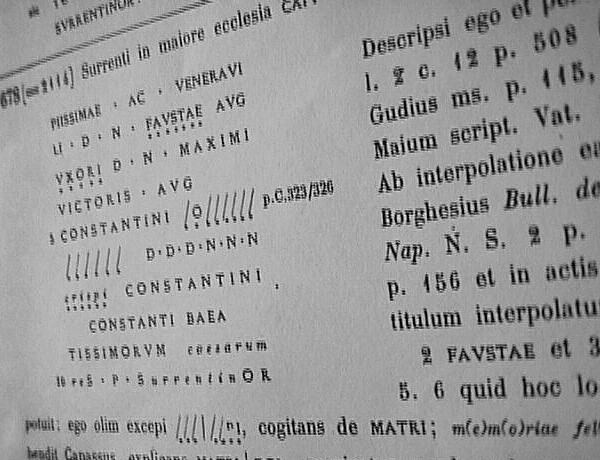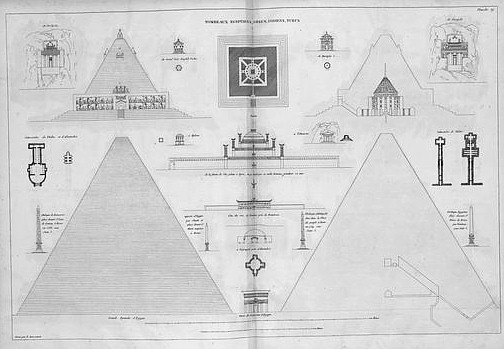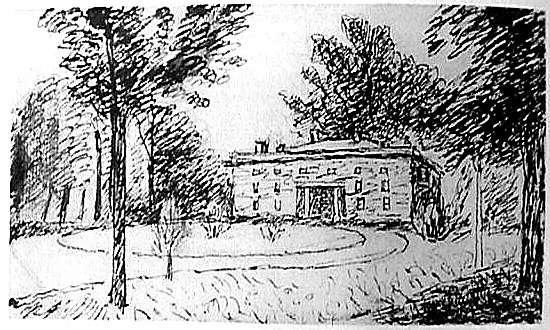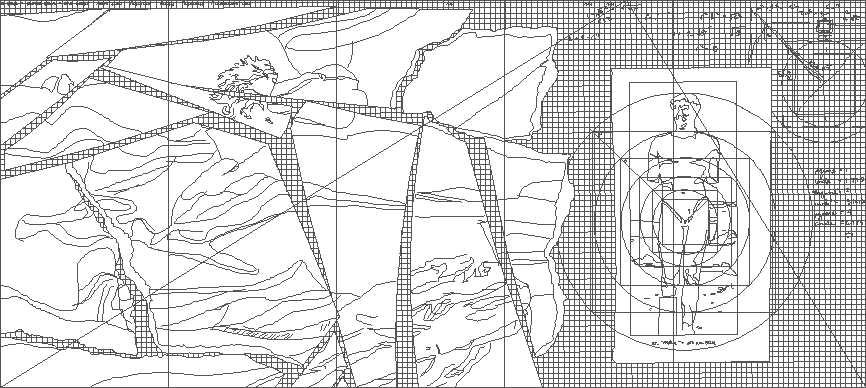...[the] quote from Scully concerning the Campo Marzio hanging over Kahn's desk. This is very likely the first time I became aware of the existence of Piranesi's Campo Marzio...
...distinguishing reenactment from archeology.
Was Piranesi trying to recapture the ancient Roman imagination?
...the Via Flamina and its odd placement in the Campo Marzio. Fasolo refers to the placement of the Via Flaminia as arbitrary. This then also brings into question the positioning of the Equiria, (which Fasolo wrongly identified as a waterway) and how the Via Flaminia today is actually the route inscribed by the Equiria of the Campo Marzio, and how the present day Corso, whose name refers to the ancient race course (I still have to verify this) is not depicted within Piranesi's Campo Marzio but the "arbitrary" Via Flaminia seems to take its place as the "main street" of the redrawing.
...note the locations in the Campo Marzio where Piranesi actually did excavation--this information is available in Lanciani's Forma Urbis Romae.
There is also the connection between the big scoop on the bank of the Tiber (depicted on the Nolli plan) and the Natatio (beach) at the same location in the Campo Marzio.
...a comparison between the Minerva Medica and the Horti Luciliani. Piranesi may be, at times, loose with what he puts where and what the buildings look like, but he is consistent in terms of finding his inspiration in actual Roman buildings.
...begin the analysis of the Campo Marzio as fertilized architecture with the Porticus Neronianae. The plan itself is like the proverbial missing link because it has both the traditional and the new geometric state all in one design. There is also the solid/void issue which leads directly to the intercourse building in terms of inside/outside, figure ground, penis/vagina, male/female.
...there are references to fecundity in Tafuri, Wilton-Ely, and Fasolo.
Did Piranesi's own imagination itself reach a new "fertilized" state--a state where creative manifestation began to occur exponentially rather that merely linearly?
genetic 1 a : relating to or determined by the origin, development, prior history, or causal antecedents of some phenomenon : CAUSAL, HISTORICAL, EVOLUTIONARY b : based on or determined by evolution from a common source -- used esp. of relations among languages or among words and grammatical forms of languages c : concerned with or seeking to explain, interpret, or understand (as a literary or psychological phenomenon) in terms of its origin and development or of its causal antecedents 2 : of or relating to genetics : characterized or produced by processes of genetics
genetic 1 a : a branch of biology that deals with the heredity and variation or organisms and with the mechanisms by which these are effected 3 : GENESIS
| |
First off, I have to correct a mistake I made in writing here yesterday. I wrote that I have yet to see a footnote reference regarding the damnatio memoriae of Crispus and Fausta, and that statement is plain wrong. In truth I have seen the footnote, but not recently. Hans Pohlsander provides exactly what I was asking for within the Crispus and Fausta web pages at roman-emperors.org. Pohlsander provides all the dm occurrences within the Corpus Inscriptionum Latinarum for both imperials: documented are six occurrences of dm for Crispus and one for Fausta, and the one of Fausta's is also one of Crispus'. I looked at all the referenced inscriptions (in CIL) yesterday afternoon at Temple University's Paley Library. I'm not fluent in Latin to have been able to read everything, but I understand enough to know that there is very good documentation on this specific subject.

I also borrowed Hedrick's History and Silence, which was in the exact same stack area as the CIL. Seeing that Hedrick immediately writes about Piranesi in the book's Preface made the book doubly interesting to me. Yes, it is a very good (and quite timely) book. Last night when I got around to reading chapter four at leisure (I skipped to chapter four, but already read the preface during dinner), I found myself understanding exactly what Hedrick was relating, namely that he was very close to describing reenactment. I quickly found that the first footnote in chapter four references Collingwood and reenactment. This is a topic I too have been working on since 1997, and just last week I began publishing pieces of my work (0718) (0723) (0802).
Now on to other wavelengths oscillating here at lt-antiq. Regarding Helena and calendrical coincidences, I no doubt appreciate what Paul Halshall writes. I, in turn, truly wish I had the academic background that makes doing saint cultus research and reading a not so almost impossible (for me) task. Nonetheless, saint cults are not finite sets or a done deal. As far as I'm concerned the Saint Helena cult (for example) is certainly hitting a new high crest.
But, of course, there are many, like Richard Burgess, who have, like Saint Thomas, doubts as strong as convictions. These cases only enforce the reality that history's real job is to understand what did happen, not so much what didn't happen. Hedrick's History and Silence is on this point axiomatic.
Here's an apropos quotation from History and Silence (page 91):
"The history of political repression of social and cultural memory in ancient Rome, of the so-called damnatio memoriae, has yet to be written. Even the traditional narrative descriptions of the processes by which the state attacked the memory of those deemed public enemies are out of date or incomplete. Vittinghoff's classic book is more than fifty years old and is far from exhaustive. A full account of the damnatio memoriae would be a major project for a mature and accomplished Roman historian."
When reading all that has just been sent to lt-antiq on damnatio memoriae, I sense exactly the project that Hedrick is calling for.
| |
Interesting how Denise Scott Brown mentions "A small church or synagogue, set within a row of town houses or surrounded by office buildings, holds its own with dignity" in her editorial/op-ed piece on development of Lower Manhattan in today's (2002) NYTimes.
[Just four days earlier in 2002, I wrote, "I am now reminded of an anecdote R. told me the day after I took R. and S. to see Ahavath Israel some Sunday morning October 2000. After our visit to the Kahn building, R. and S. went to have lunch with Robert Venturi and Denise Scott Brown. They told the famous architects about having just seen Kahn's first building. Venturi apparently acted in some kind of disbelief, as if the building didn't even exist. He said something like, "But it's not even in the catalogue!?!" I assume Venturi was referring the Louis I. Kahn: In The Realm of Architecture. R. told them to look up the webpages (then) at www.quondam.com that displayed images of the building."]
In Durand's Recueil et parallèle des édifices de tout genre, anciens & modernes, remarquables par leur beauté, par leur grandeur ou par leur singularité, 1800, where a 'history' of architecture is presented via plans and elevations all drawn at the same scale and categorized by type (ie, temples, churches, palaces, theaters, etc.), the only building/structure larger than St. Peter's Basilica is the Great Pyramid of Giza--the Great Pyramid originally reached a height of 480 ft.; St. Peter's reaches 452 ft.; the U.S Capitol reaches 287.5 ft. From this 'record', it is likely safe to say that St. Peter's is the largest hollow stone/masonry building.


|




